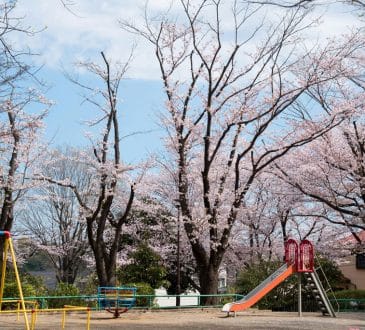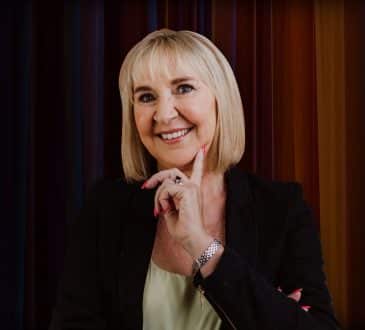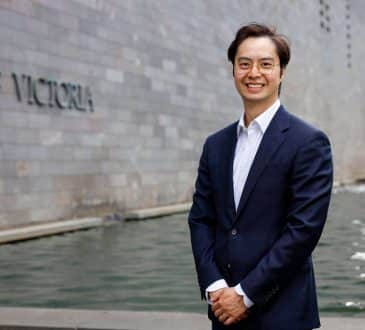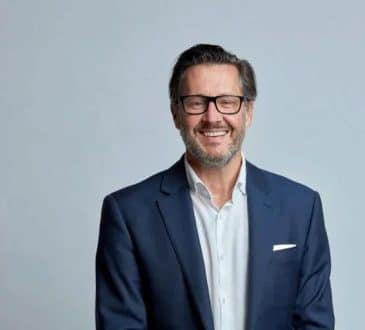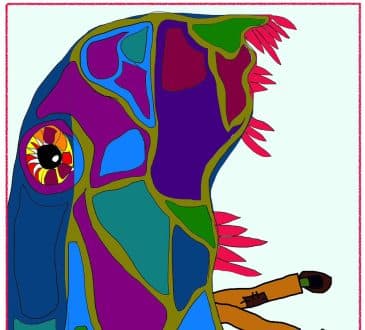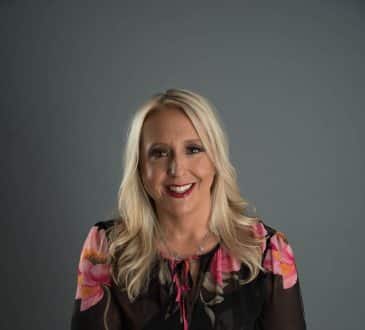How COVID saw the rise of the advantage leader
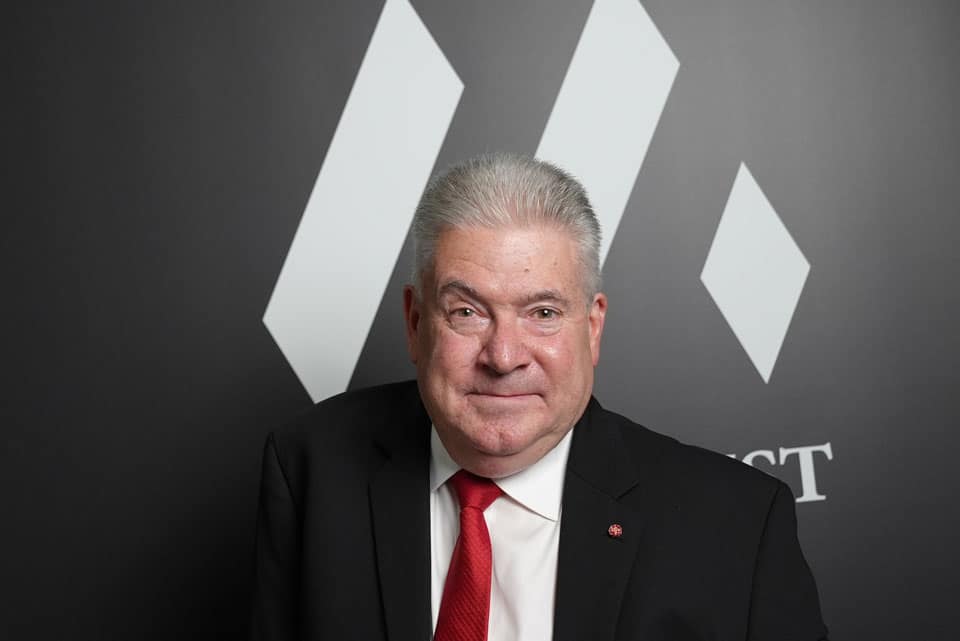
The ability to navigate through uncertainty and adapt quickly has always been the hallmark of successful leaders, however the impact of the pandemic unquestionably changed the dynamics of the world of work forever. While most leaders had hitherto faced the usual array of business ups and downs, this was like climbing into the largest roller coaster ever built and being catapulted forward without warning.
Many leaders got caught up in a reactive mindset, bunkering down and trying to weather the storm, while some took a different approach. They embraced disruption as the opportunity to build new, powerful adaptive capabilities in themselves and their teams. These we call ‘Advantage Leaders’ because not only did they successfully navigate the challenges of the pandemic they also equipped their enterprises for the many other disruptions that have followed. Here are some examples and the tools they used.
On Friday, 13 March 2020, with a crowd in excess of 70,000 expected and thousands queuing before the gates had opened at Albert Park, Melbourne, Andrew Westacott, CEO of the Australian Grand Prix Corporation, stood resolutely adjacent to the International Media Centre to announce to the world’s media the first COVID-19-related cancellation of a major international sporting event. Just five days earlier, 80,000 people had crammed the MCG to watch the Australia women’s cricket team win the World Cup.
Bernadette McDonald, now CEO of The Royal Children’s Hospital Melbourne, was leading the Canberra Health Services in early 2020. ‘It looked like a tsunami coming towards us, with patients taking up our beds, but also potentially no workforce. I was running the hospital, reporting to two ministers and a chief minister and a cabinet, and had to provide the reassurance – “We’ve got this”, “How many ventilators do we need?” – while also dealing with the media.’
Westacott, McDonald and all advantage leaders now point to experiences during the turbulence of COVID-19 as game-changing for themselves, their teams and their organisations.
There is no formula for what they did. Each used their own unique leadership tools and techniques. However, the principles are remarkably similar.
The toolkit
It makes sense to reduce complexity by applying a range of ‘set plays’. The risk was in going back to plans and tactics that had been developed as the ‘right way’ to lead in a context that had vastly changed and showed every sign of continuing to do so.
It was like a tennis coach having a playbook for the clay courts of Roland Garros and using that to prepare for Wimbledon.
COVID-19 upended conventional wisdom. The mainstays of business-strategic planning, annual operating plans and budgets, organisational hierarchy, HR practices and process flow charts – all assumed a level of linear predictability and a ‘right’ answer. They were very much like the clay court playbook, designed for an environment where things happen more slowly and in a more predictable sequence.
Our advantage leaders didn’t throw out their playbook. Instead, they selected the most useful tools and invented more, because in disruption context is king, which means using what works in the moment.
Elite athletes, the military and first responders train for this adaptive style of thinking and decision making. Not that they aren’t also drilled in the knowledge and practices of playbooks, but in high-stakes environments, knowledge doesn’t equal leadership.
The three principles
Each of the following priorities is a principle backed by evidence and experience in performance psychology:
- Principle 1. Calibrate your mindset
An adaptive mindset is the key to combatting something we all experience in tough conditions: a defensive or protective mindset. It sees the opportunities in changing and tough conditions and allows us to respond constructively and flexibly.Imagine you are driving through the busy, jumbled streets of Mumbai. Where do you focus your attention? How do you navigate the endlessly changing streetscape? Could you plan your way through the journey? Imagine what would happen if you turned to gesture angrily at the driver who just cut you off. Exactly, you’d crash!
You might conclude that it was simply impossible to drive in Mumbai. And you might be right, but chances are you could become a good Mumbai driver if you were to consider recalibrating your mindset or, in other words, making a paradigm shift. This paradigm shift might mean challenging and quite possibly changing your assumptions about driving a car. Assumptions like driving on one side of the road, indicating before changing direction, giving way at intersections and only overtaking when it is clear ahead!
- Principle 2. Engage your team to build, test and learn a new toolkit
Care Connect Group is one of Australia’s largest independent providers of in-home aged care. CEO Paul Ostrowski has led the organisation for over a decade.When Paul speaks about turbulence, he goes back to before COVID-19, recounting the impacts of a royal commission on an industry beset by ever-changing funding models and regulations. And then there are the stories of staff and clients battered by COVID-19, devastating bushfires and floods, and of workforce shortages throwing the industry into crisis.
Balancing day-to-day operational challenges with a substantial transformation agenda has pushed his leadership team to the limit.
Keen to turn disruption to advantage, Paul engaged his team to test and learn a new operating rhythm. That tool, called ‘ACL’, helps teams to align, collaborate and learn at pace in complex and volatile operating environments.
ACL is just one example of the loop and learn approach employed by most teams in high-demand environments. For example, a group of first responders will align around purpose, goals and immediate priorities, collaborate to explore and solve problems, and learn in the moment later by debriefing. Then they’ll adapt and ‘spin the ACL’ again.
- Principle 3. Be the coach your people need
A team facing prolonged turbulence is almost assured of failures, of being exposed, of having basic beliefs and assumptions shaken, and of having to fly blind at times. They need a leader who cares about them and whom they trust, so they can lean into the discomfort without overly protecting themselves or holding back.Be the coach means creating spaces of psychological safety and courage so people can show up as their best selves and get comfortable with the inevitable setbacks and failures.
The coach people need accepts they are fully accountable for their team, for their wellbeing, development and effectiveness, collectively and individually. A key to that accountability is to ensure the team have the tools to successfully navigate turbulence and even gain advantage from it.
The Learning
For every leader the message is clear and compelling. Turbulence might upend your leadership and team journey, but it doesn’t have to end in crash and burn!
Written by Martin Bean CBE.
Have you read?
Countries With The Highest And Lowest Average Salaries, 2023.
Best Fashion Schools In The World.
Best Business Schools In The World.
The World’s Best CEOs And C-Suite Executives, 2023.
World’s Most Influential and Innovative Companies.
World’s Best Hospitality And Hotel Management Schools.
Bring the best of the CEOWORLD magazine's global journalism to audiences in the United States and around the world. - Add CEOWORLD magazine to your Google News feed.
Follow CEOWORLD magazine headlines on: Google News, LinkedIn, Twitter, and Facebook.
Copyright 2025 The CEOWORLD magazine. All rights reserved. This material (and any extract from it) must not be copied, redistributed or placed on any website, without CEOWORLD magazine' prior written consent. For media queries, please contact: info@ceoworld.biz




